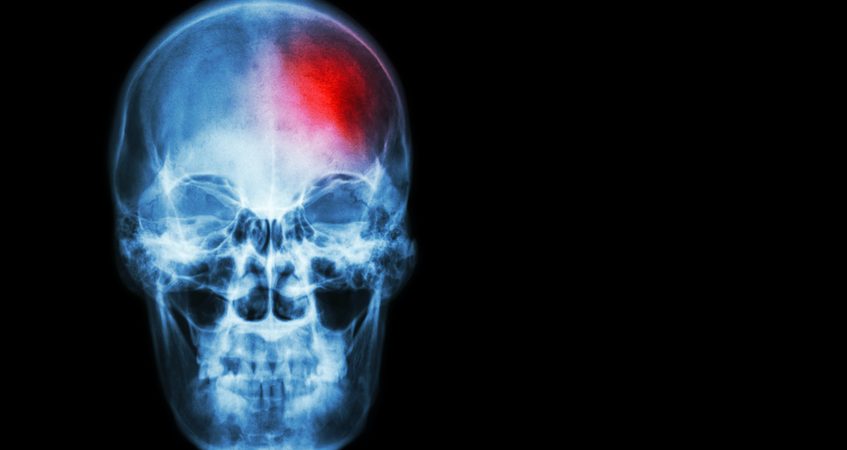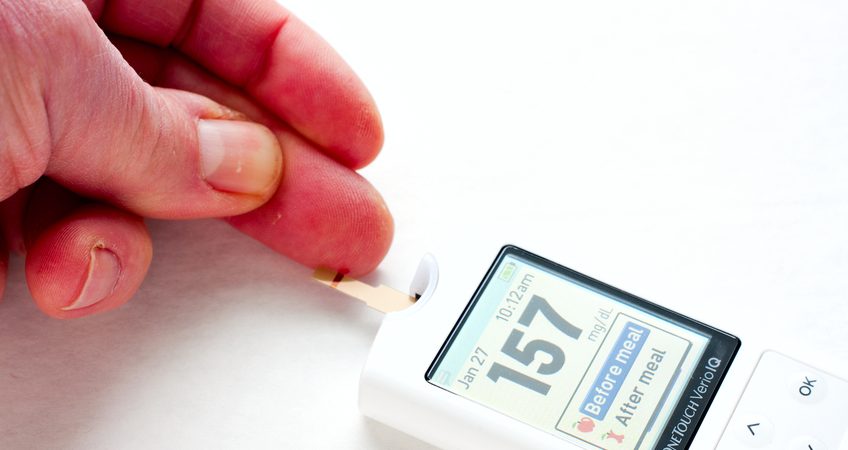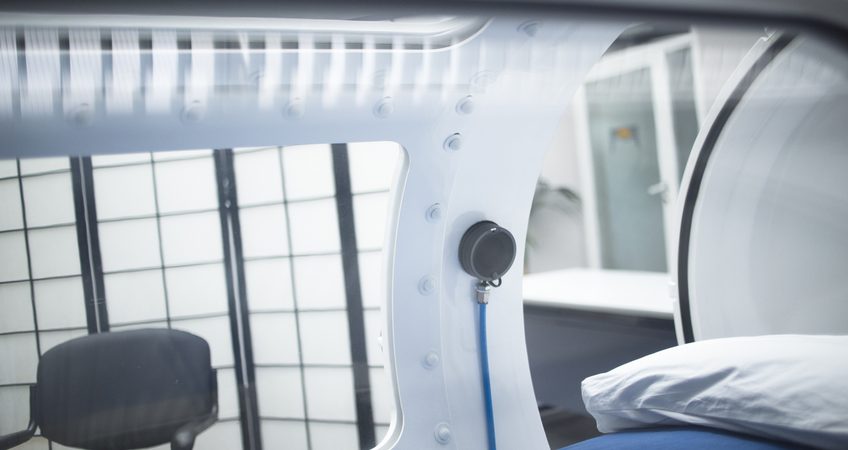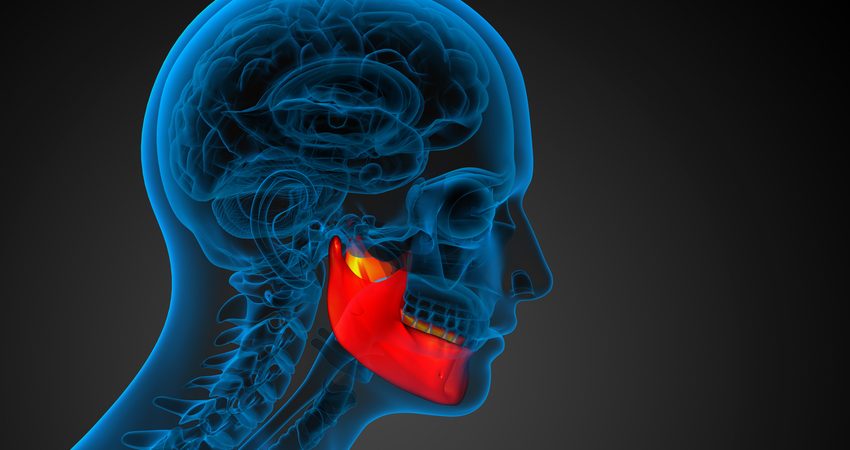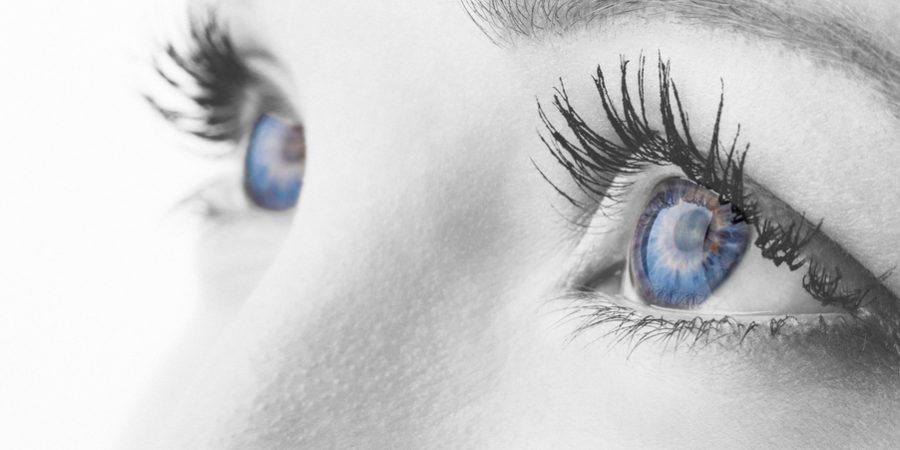Strokes: Learn How to Tell if You’re Having One, What Puts You at Risk, and how HBOT Can Help You Recover
As part of an integrative approach, hyperbaric oxygen therapy (HBOT) can significantly improve daily living for people who have suffered a stroke. This blog post will explain how. But first we’d like to explain what exactly a stroke is, how to tell if you’re having one, and what factors put you at risk. Knowing these could prevent you or a loved one from ever needing treatment!
Read more: Hyperbaric Oxygen Therapy in Stroke Recovery
What Is a Stroke?
In order to function well, the brain requires a constant flow of oxygen that the bloodstream provides. Strokes happen when blood and oxygen to the brain get suddenly cut off. When blood to the brain is obstructed, the stroke is called ischemic. When the stroke occurs from a ruptured weakened blood vessel, we refer to it as hemorrhagic. Either way, brain injuries quickly follow.
Such damage to the brain can change the course of a stroke victim’s life significantly. He or she may face long term weakness, numbness or paralysis on one side of the body. The person may lose their ability speak clearly – or at all. Thinking and judgment may become impaired. Many stroke victims also face depression and other emotional troubles. But when stroke victims get help quickly, they can have vastly better outcomes than they might otherwise. Every second counts. That’s why it’s so important to recognize signs in yourself and others so you can call 911 right away!
Signs of Stroke
Here are signs of stroke that the American Heart Association lists on its website:
- Numbness or weakness of the face, arm, or leg, especially on one side of the body
- Confusion, trouble speaking, or difficulty understanding
- Trouble seeing in one or both eyes
- Trouble walking, dizziness, or loss of balance and coordination
- Severe headache with no known cause
How Could I Lower My Risk of Getting a Stroke?
You have limited control over some factors, such as having a family history of strokes. But making the following lifestyle choices can significantly lower your stroke risk:
Don’t Take Up Smoking – or Quit if You Already Do
One in five strokes in the U.S. is linked to regularly smoking cigarettes. How? Smoking leads to plaque buildup in your arteries and also increases the risk of developing blood clots. This provides ideal conditions for a stroke to occur. The arteries leading to your brain are particularly vulnerable to the damage that smoking causes.
Keep Blood Pressure Under Control
High blood pressure is known as the silent killer for a good reason. It has no noticeable symptoms, so people with it often go undiagnosed. But according to the US Centers for Disease Control, over half of all stroke deaths worldwide occur from elevated blood pressure levels, which is the most powerful and consistent risk factor for stroke. Have your blood pressure checked routinely, and if your doctor prescribes medicine for high blood pressure, make sure to take it faithfully.
Get Regular Exercise
People who exercise moderately intensely at least 2 hours and 30 minutes weekly lower their risk for many diseases, including strokes. Walk briskly, swim, jog, cycle, get out to the gym. Your blood pressure will improve, as will your cholesterol and stress levels. You’ll also get stronger, sleep better and feel more energized.
Eat a Healthy, Balanced Diet
Reducing table salt will help to keep blood pressure down. Eating foods that are high in fiber and low in saturated fats, trans fat, and cholesterol can help prevent the high cholesterol that can cause plaque buildup. Eat plenty of fresh fruits and veggies. Don’t drink soda or other sugary drinks, and limit alcohol intake to one drink a day for women and two for men. Avoid processed or prepared foods that often are laden with salt, nitrates and preservatives.
Maintain a Healthy Weight
Being overweight or obese increases your stroke risk. You don’t need to be thin to avoid a stroke. Just losing five to ten percent of your current weight will help to get cholesterol levels down and lower your blood pressure.
How Does Hyperbaric Oxygen Therapy Help Stroke Victims?
Dr. Spiegel discovered hyperbaric oxygen therapy while researching therapies that could help a family member who had suffered a stroke. He saw firsthand how much the therapy helped and became very excited about HBOT’s healing potential for stroke victims, as part of a multi-pronged approach to treatment.
HBOT improves blood flow to a stroke patient’s damaged brain tissues. During the therapy, we use pure oxygen at higher than normal atmospheric pressure to flood the brain, helping to reduce swelling. Throughout the treatments new blood vessels begin to form, bringing vital nutrition to the damaged brain areas in order to help them begin healing. In many cases function is also improved or restored.
After 31 years of practicing neurology and 14 years of providing HBOT in our Palm Harbor, FL clinic, Dr. Spiegel has seen the lives of stroke patients improve dramatically. If you would like an assessment to determine whether you or a loved one would benefit from hyperbaric oxygen treatments, please click here to schedule an appointment online. Otherwise, call 727-787-7077, and we will be glad to help you.




